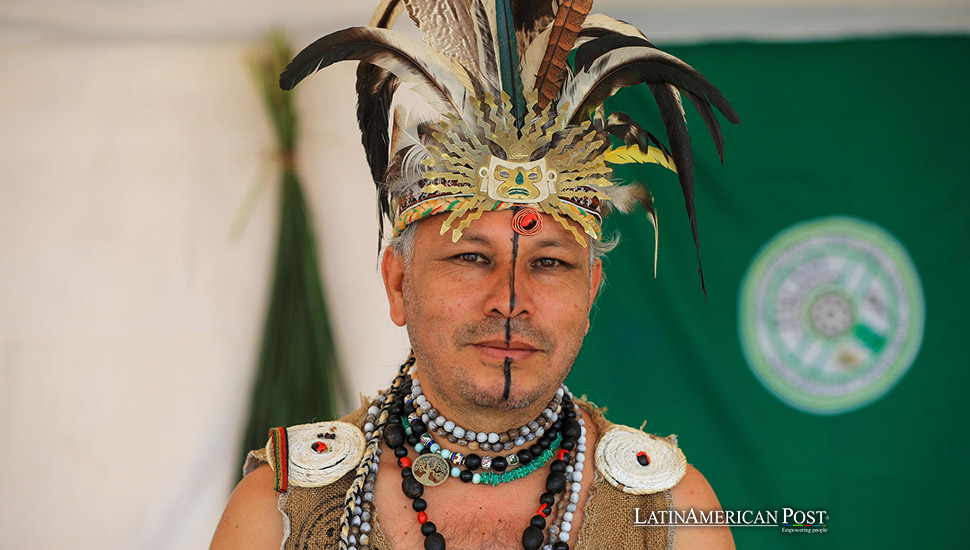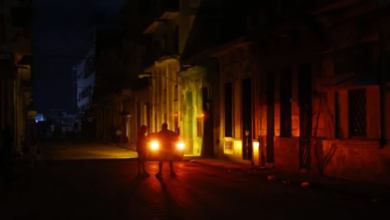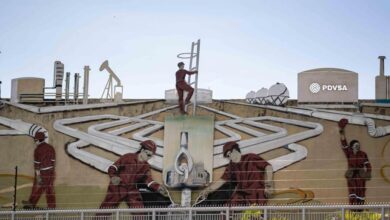Ecuador’s Chocó Andino Reserve and Sustainable Economic Development

Ecuador’s Chocó Andino Biosphere Reserve, located just two hours from Quito, is celebrating its sixth year as a UNESCO Biosphere Reserve. The region offers a rich combination of adventure, nature, culture, and gastronomy, positioning itself as a model for sustainable tourism and economic growth.
A Natural Treasure with Boundless Potential
The Chocó Andino Biosphere Reserve is one of Ecuador’s most precious natural assets, spanning 287,000 hectares and containing twelve different types of forests. Situated less than two hours from Quito, this region is a natural haven and a remarkable example of sustainable economic development. Half of the reserve falls within the boundaries of the Quito Metropolitan District, covering more than 124,000 hectares across six rural parishes—Calacalí, Gualea, Nanegal, Nanegalito, Nono, and Pacto.
These communities, united under the Commonwealth of Chocó Andino, are working to turn tourism into a strategy for conserving biodiversity and creating employment opportunities for local people. The recently held seventh edition of the Chocó Andino Festival showcased the diverse array of activities this stunning region offers, ranging from hiking and cycling to visiting farms and sampling local crafts and cuisine. For six days, visitors explored the area’s rich biodiversity while engaging with the local communities dedicated to preserving their unique environment.
The Chocó Andino’s natural beauty and the local community’s efforts to preserve its culture and environment make it an ideal destination for eco-tourism. The region’s combination of adventure, conservation, and community-based tourism offers a powerful blueprint for sustainable economic growth in Ecuador.
Eco-Tourism: A Strategy for Sustainable Growth
Eco-tourism has proven to be one of the most effective methods of fostering economic development while maintaining environmental integrity. As Gerson Arias, Head of Operations and Tourism Research at Quito Turismo, explained, the goal of the Chocó Andino project is to create sustainable tourism that benefits local communities, preserves biodiversity, and generates income.
This approach is good for the environment and vital for stemming the flow of young people migrating from rural areas to cities in search of better opportunities. “Tourism provides local people with jobs and income while helping to diversify the economy,” Arias noted. This strategy fosters long-term development by empowering local communities to take ownership of their resources and find sustainable ways to share them with the world.
Chocó Andino’s focus on eco-tourism is part of a growing global trend where sustainable business practices support conservation efforts. Instead of exploiting the environment for short-term profit, eco-tourism in Chocó Andino seeks to create value by maintaining the ecosystem’s health. This, in turn, attracts tourists interested in experiencing unspoiled natural beauty, leading to steady and sustainable economic benefits for the region.
In the long term, eco-tourism allows regions like the Chocó Andino to achieve sustainable growth without compromising their environmental or cultural heritage. It brings economic benefits and raises awareness of the importance of preserving natural ecosystems.
Biodiversity as a Driver of Tourism
One of the Chocó Andino’s most valuable assets is its rich biodiversity, which includes species such as the Andean bear, a vital symbol of the region. The Andean Bear Ecological Corridor, which extends across parts of the reserve, helps protect this vulnerable species and supports the broader conservation efforts in the area. The reserve is home to about 100 Andean bears, according to studies conducted by Quito’s Environment Secretariat. These bears attract nature enthusiasts and eco-tourists, particularly when the aguacatillo tree bears fruit, making it easier to spot the animals as they climb the trees to feast on the fruit.
Birdwatching is another major attraction in the Chocó Andino. Over 800 species of birds inhabit the area, including various species of toucans, the cock-of-the-rock, and hummingbirds, making the reserve a magnet for birdwatchers from around the world. The reserve’s mix of ecosystems, from cloud forests to waterfalls, creates the perfect environment for birds and birdwatchers.
The region’s biodiversity is not just an ecological treasure—it’s an economic one. The growing interest in wildlife tourism, especially birdwatching, brings a steady stream of visitors to the area, providing local businesses an opportunity to thrive. Communities in the Chocó Andino, such as Yunguilla, have already embraced community-based tourism models, allowing tourists to experience the daily lives of locals while contributing to the local economy. Visitors can learn about traditional crafting techniques, participate in farming activities, and enjoy regional cuisine, all while supporting the conservation efforts that make such experiences possible.
As more people worldwide seek eco-friendly travel options, the Chocó Andino stands out as a destination combining natural beauty with community-driven tourism. This model not only protects the region’s biodiversity but also ensures that the economic benefits of tourism are shared with the people who live there.
Gastronomy as a Cultural and Economic Resource
In addition to its biodiversity, the Chocó Andino is known for its rich agricultural and culinary traditions. The region’s local farmers produce various organic products, including tropical fruits, coffee, dairy, and sweets, sold directly to visitors at events like the Chocó Andino Festival. By cutting out intermediaries, these farmers can earn a fair price for their products, while tourists can experience the region’s authentic flavors.
To further enhance the region’s appeal, Quito Turismo is working on a culinary project to revive and promote at least ten traditional recipes from the Chocó Andino. By collaborating with chefs and gastronomy experts, the project seeks to highlight the region’s culinary heritage and create a unique dining experience for tourists.
Food tourism can potentially be a significant economic driver for the Chocó Andino. The region’s gastronomic offerings could become an essential draw as more tourists seek authentic, locally sourced cuisine. Focusing on traditional recipes made with locally grown ingredients, the Chocó Andino can create a distinctive culinary identity that differentiates it from other tourist destinations.
Moreover, the development of food tourism in the Chocó Andino aligns perfectly with the principles of sustainable economic growth. The focus on organic, locally produced food supports the region’s farmers, preserves traditional agricultural practices, and reduces the environmental impact of food production. This approach ensures that the benefits of tourism are distributed throughout the community, from farmers to artisans to chefs, creating a robust and sustainable local economy.
A Model for Sustainable Economic Development
The Chocó Andino Biosphere Reserve offers a compelling case for how eco-tourism, biodiversity conservation, and cultural heritage can be leveraged for sustainable economic development. Through initiatives like the Chocó Andino Festival, local communities are empowered to share their natural and cultural treasures with the world while maintaining control over their resources.
The integration of eco-tourism, wildlife conservation, and local entrepreneurship ensures that the economic benefits of tourism are widely shared while minimizing the environmental impact. At the same time, the focus on preserving biodiversity and traditional practices provides long-term protection for the region’s natural and cultural assets.
As Ecuador continues to develop its tourism sector, the Chocó Andino stands as a model for achieving economic growth in harmony with nature. By prioritizing sustainability, the region has created a tourism strategy that supports local communities and protects the environment for future generations. This approach offers valuable lessons for other areas looking to develop sustainable tourism industries.
Also read: Ecuador’s Energy Crisis Pushes for Floating Power Plants as Drought Strikes
In the end, the success of the Chocó Andino demonstrates that economic development does not have to come at the expense of the environment. Instead, working in harmony with nature and culture makes it possible to create a future where both people and the planet thrive.




